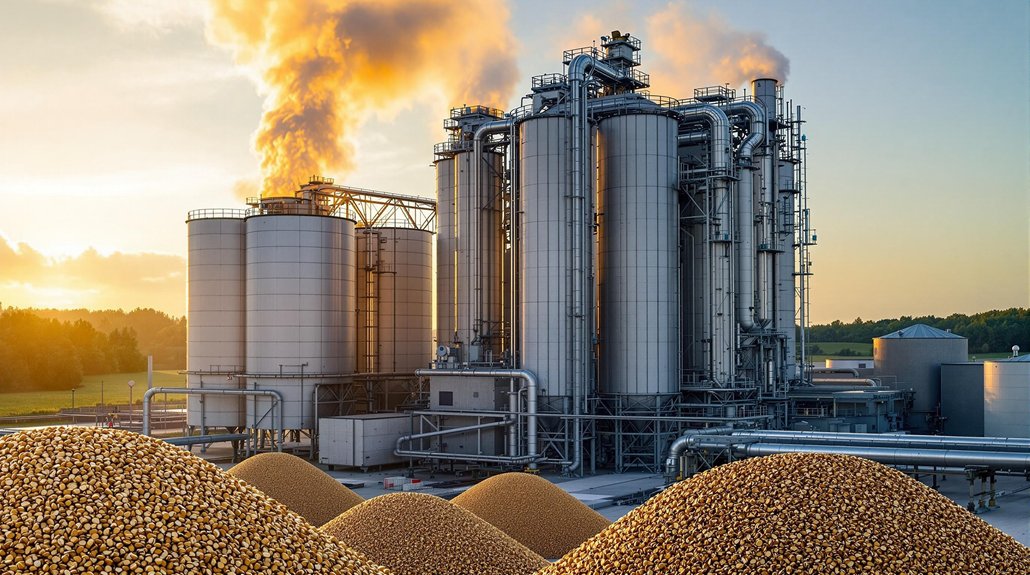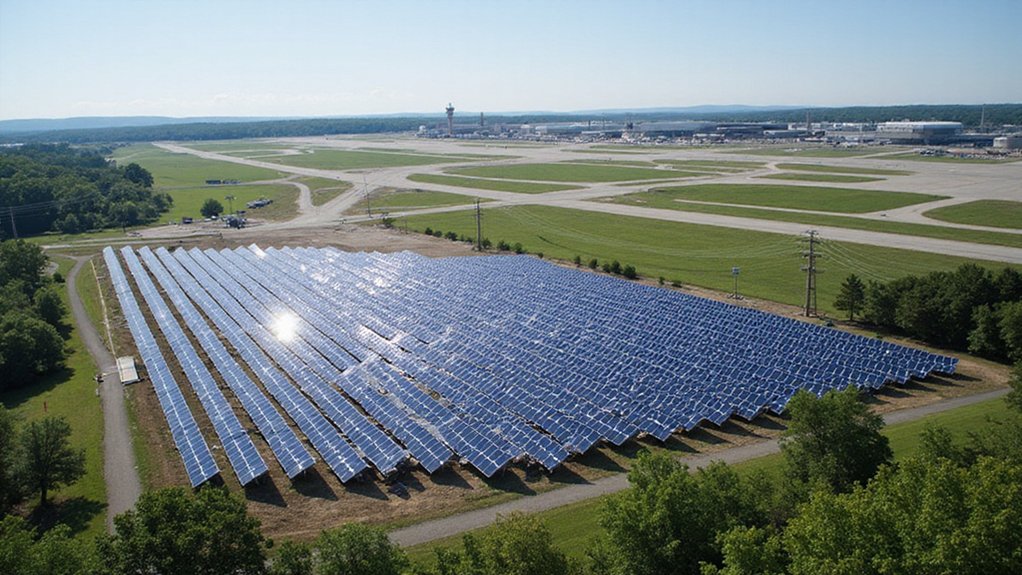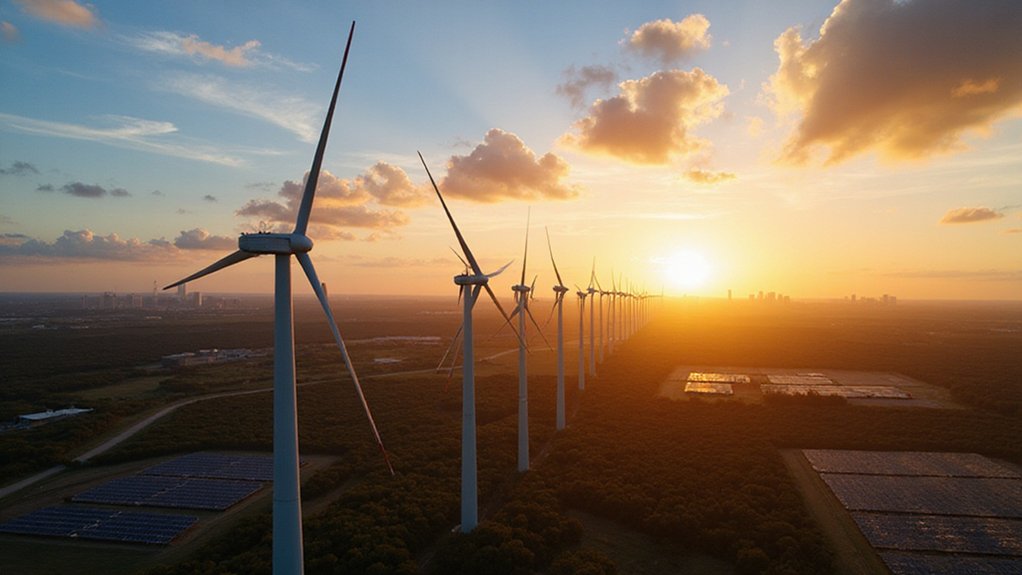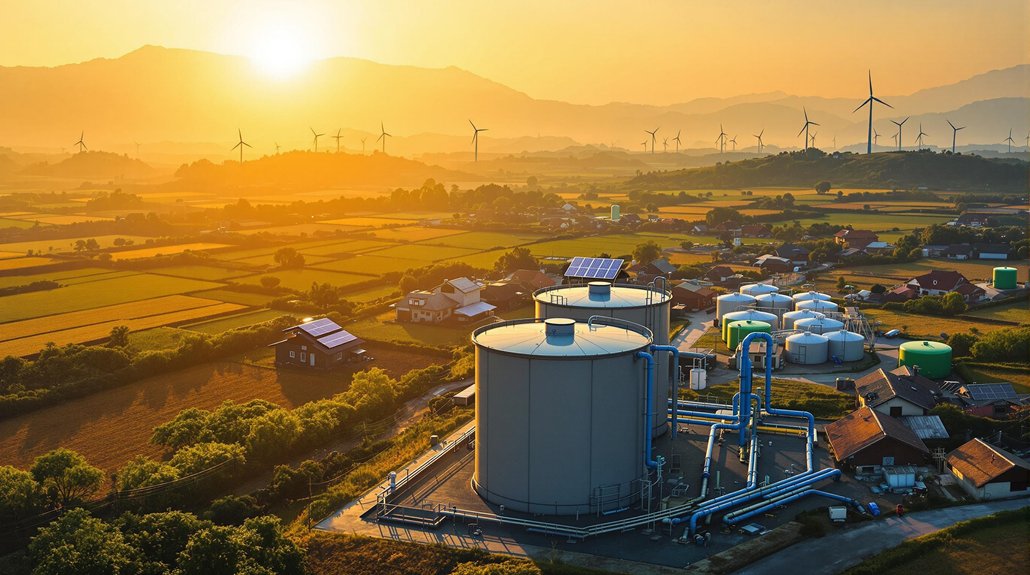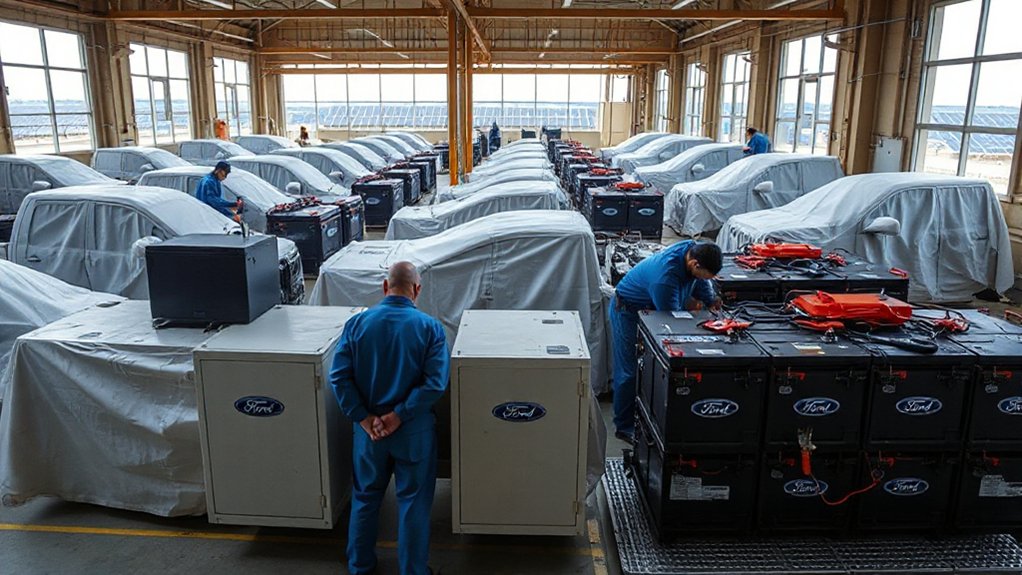Europe’s pellet market is growing fast as coal power plants switch to biomass fuel. The UK now gets 11% of its electricity from biomass stations. This change helps create cleaner energy with fewer emissions. Converting old plants saves money compared to building new ones. Experts predict the market will reach $20.44 billion by 2030. What’s driving this rapid transformation across the continent?
As Europe continues its shift toward cleaner energy solutions, the wood pellet market is experiencing remarkable growth across the region. The European wood pellet market is expected to reach USD 16.36 billion by 2025 and grow to USD 20.44 billion by 2030. This represents a compound annual growth rate of 4.55% during that period.
The change of coal-fired power plants to biomass has been a key driver in this market surge. In the UK alone, biomass-fueled power stations accounted for 11% of total electricity generation in 2022, up from just 8% in 2010. These conversions make economic sense, as modern coal plant conversions to pellets offer a 26.3% lower cost per avoided metric ton of CO2 than other renewable alternatives. France has ambitious plans to convert two coal plants to biomass by 2027, further accelerating the transition.
Converting coal plants to biomass isn’t just cleaner—it’s 26.3% more cost-effective at reducing CO2 than alternative renewables.
European countries can’t produce enough wood pellets to meet their growing demand. They’re importing significant amounts from the United States and Canada, especially after banning Russian imports due to geopolitical tensions. This ban has reshaped trade patterns and increased reliance on North American producers. While biomass currently represents a smaller portion of the global energy mix compared to other renewables, it offers consistent power similar to geothermal energy when weather conditions affect intermittent sources.
Policy support has been essential to this growth. The UK government extended its Contract for Difference program to support bioenergy with carbon capture and storage technology. Meanwhile, the European Commission approved a EUR 900 million French scheme to support biomass investments in April 2024. Technological innovations are enhancing production efficiency and making wood pellets more cost-competitive with traditional fossil fuels.
The environmental benefits are significant. Wood pellets produce 80-85% less CO2 than coal, along with lower emissions of sulfur, nitrogen, and chlorine. This aligns with the European Green Deal and broader decarbonization goals.
Despite this growth, the industry faces challenges. Rising input costs and operational expenses are affecting producers. Mild winters have decreased residential heating demand, and market volatility continues due to energy sector changes.
Looking ahead, the European wood pellets market is projected to grow at over 13.9% CAGR from 2025 to 2034, with the UK, Germany, and Spain leading the charge in this clean energy change.
